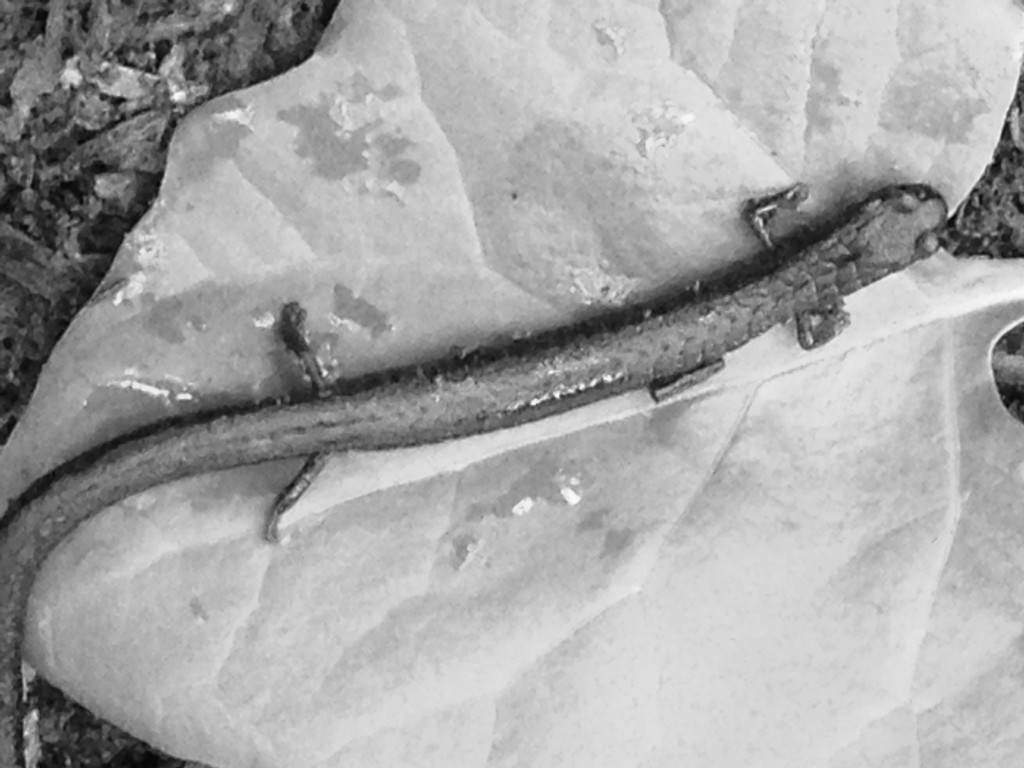Microbes And Measurement: Valuation, Part One

“We have to undertake a different kind of accounting, more exacting if less exact… We participate in our little human economy to a considerable extent by factual knowledge, calculation, and manipulation; our participation in the Great Economy also requires those things, but requires as well humility, sympathy, forbearance, generosity, and imagination.”
—Wendell Berry
Counting Versus Valuing: The Great Denominator Challenge
This is my new friend Fred, a California slender salamander. He lives under a log, snuggled up with the mycelium of the forest.
I’ve recently become fascinated by mycelium, microbes, and bacteria. Okay, that’s a little weird. But consider this!
- They outnumber us: The biomass of bacteria is greater than that of humans by at least 3-5x. Source
- They outwork us: “With my protozoa and my nematodes, I have what I call my micro-herd. I have got earthworms and dung beetles and micro-arthropods and all sorts of teeming life that takes decay and – up and turns it right back into life. Those little critters create 200 pounds of nitrogen per acre per year.” – Jerry Cunningham, Coyote Creek Farm. Source
- They out-imagine us: That crazy stuff in Avatar about the connection of all the trees and beings of the forest? Totally old news to scientists who study mycelium. There is a SINGLE ORGANISM of mycelium in Oregon over 2400 acres in size. Source
If you really wanted to assess the health of an ecosystem, studying the bacteria, nematodes, and mycelium would be a great place to start.
And this brings us to the trouble of measurement. Too often our measurements skate along the surface, never delving into the soil beneath. This is quite literally true for agricultural endeavors, but it is metaphorically true for all sorts of other endeavors as well.
Instead of digging in to assess the soil, we simply weigh the harvest.
Instead of valuing, we count.
I call this The Great Denominator Challenge – what is our unit of measure, and why? We will explore this idea further in our next post.